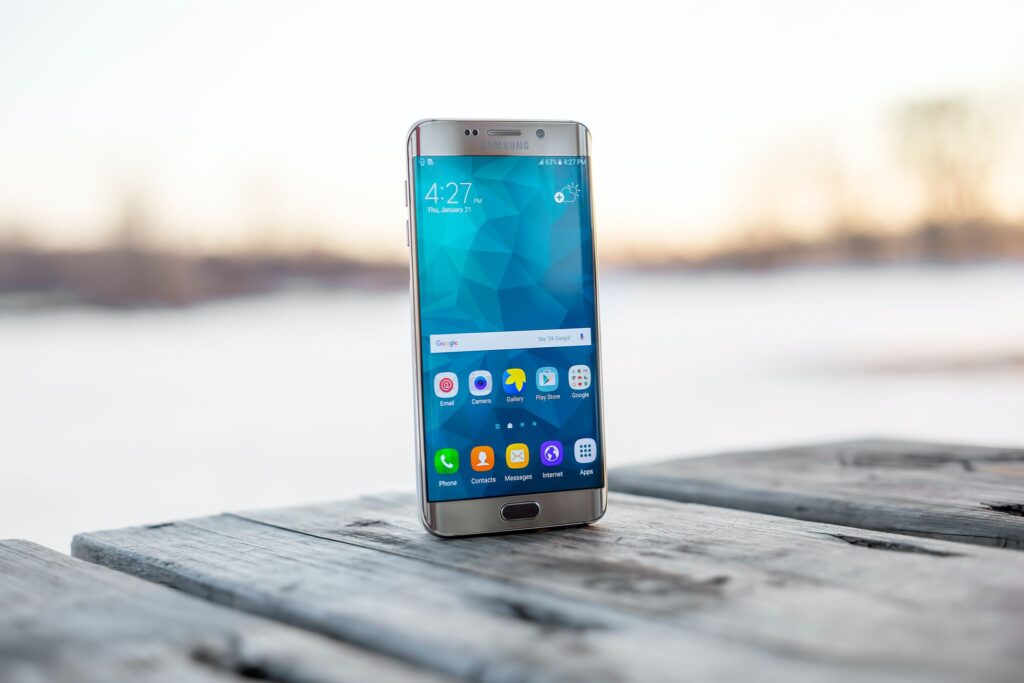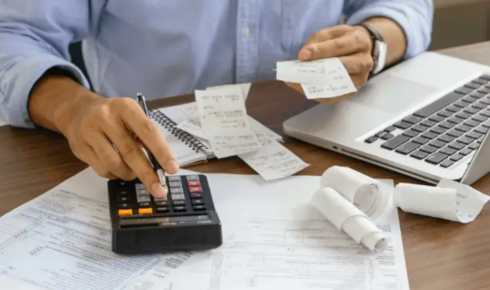
In an increasingly digital world, access to a smartphone is more than just a luxury; it’s a necessity. However, for low-income individuals and families, affording a smartphone can be a challenge. Thankfully, programs offering free government smartphones are helping bridge the digital divide. In this comprehensive guide, we’ll explore the world of free government smartphones and how they provide essential connectivity to those in need. We’ll also touch upon related programs like the Medicaid Cell Phone in Oklahoma, highlighting the importance of such initiatives.
Understanding Free Government Smartphones
1. Bridging the Digital Divide
- Essential Tool: Smartphones have become a crucial tool for communication, education, job searches, and accessing vital services.
2. Program Eligibility
- Low-Income Assistance: Free government smartphones are typically available to individuals and families who meet specific income or assistance program criteria.
3. Service Providers
- Government Partnerships: These programs often partner with cell phone service providers to offer free or heavily subsidized smartphones and service plans.
Navigating Free Government Smartphone Programs
1. Application Process
- Streamlined Application: Applying for a free government smartphone typically involves providing proof of eligibility, such as income documents or participation in assistance programs.
2. Plan and Data Options
- Affordable Plans: Participants in these programs often receive a basic plan that includes talk, text, and data, ensuring essential connectivity.
3. Device Selection
- Budget-Friendly Devices: Users can choose from a selection of smartphones suited to their communication and lifestyle needs.
Benefits of Free Government Smartphones
- Access to Vital Services: Smartphones provide access to healthcare information, job listings, education resources, and government services.
- Digital Inclusion: These programs promote digital inclusion, ensuring that low-income individuals have access to the same opportunities as others.
- Emergency Communication: Smartphones serve as lifelines during emergencies, allowing users to call for help and receive alerts.
- Community Engagement: Staying connected with friends and family is essential for emotional well-being and reducing social isolation.
Conclusion: Connecting Communities
Free government smartphones are not just devices; they are tools for empowerment and inclusion. By providing access to these devices and connectivity, these programs are working to bridge the digital divide and ensure that no one is left behind in our increasingly digital society.
As you navigate the world of free government smartphones, remember that these initiatives, like the vital for improving the lives of low-income individuals and communities. They represent a commitment to digital equity and access for all. In a world where connectivity is more critical than ever, programs offering free government smartphones are truly connecting communities and creating a more inclusive and equitable future.



